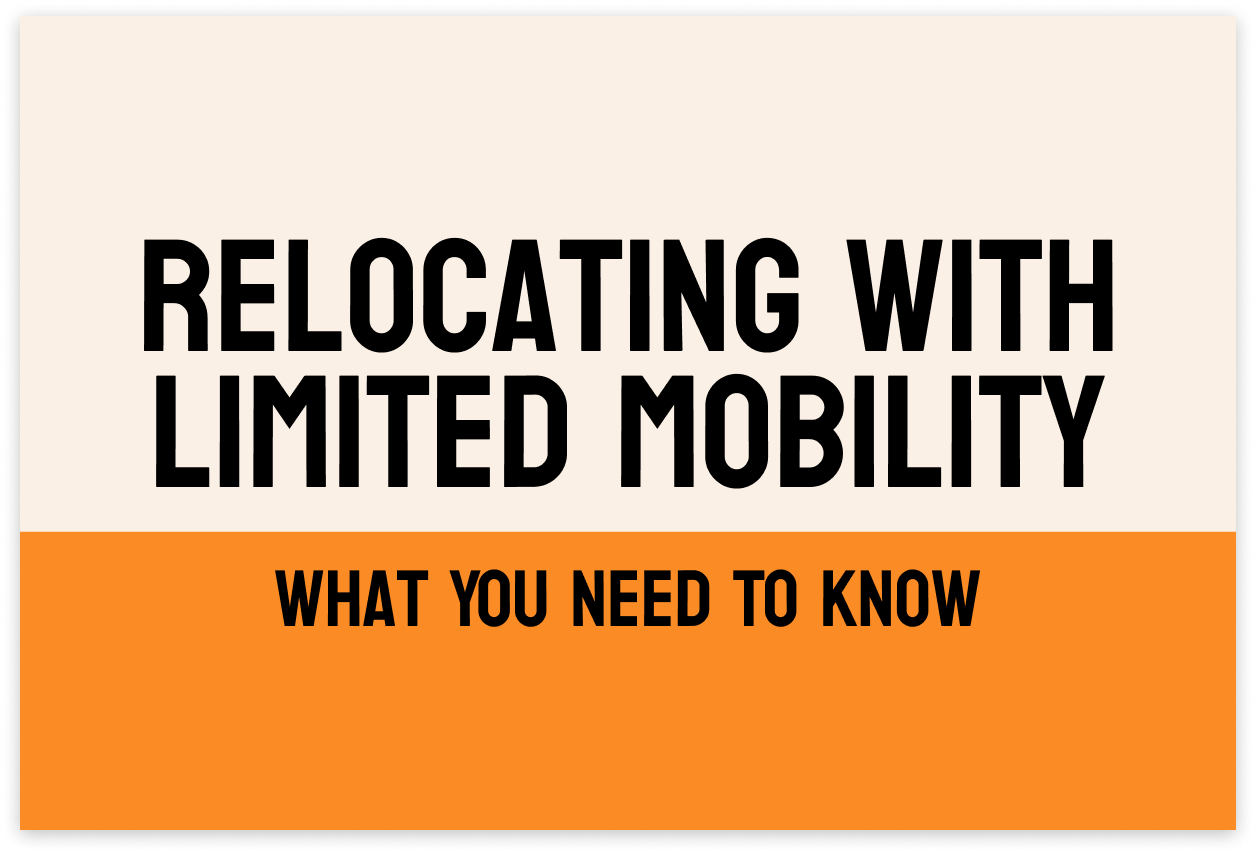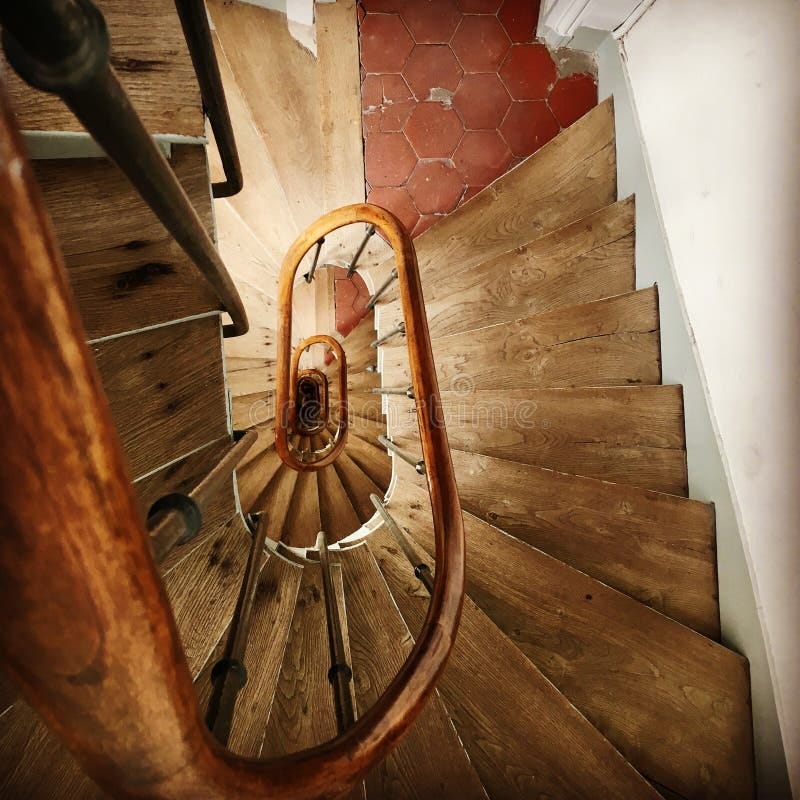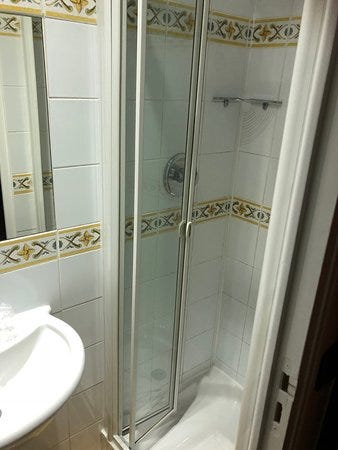Relocating With Limited Mobility (5-Part Accessibility Checklist)
Because Moving Abroad Should be Possible for Everyone.
Everyone is talking about “taking 10k steps a day”.
But what if every step outside your door abroad feels like an obstacle?
Most relocation guides talk about visas, taxes, and cost of living.
But they rarely mention whether you can roll a suitcase down the sidewalk without tripping, or whether the metro has an elevator when you need one.
For parents with strollers, seniors, or anyone with limited mobility, those details make or break the move.
The problem is this:
You usually don’t notice until you’re already living there. By then it’s expensive (or impossible) to fix.
What we’ll talk about today is how to make accessibility part of your relocation checklist from the start.
Here’s what’s inside:
#1 Housing: how to vet apartments for real accessibility
#2 Transport: which systems help or hinder daily life
#3 Everyday mobility: sidewalks, curbs, and shops that either support you or stop you
#4 Countries: where accessibility is taken seriously and where it’s not
#5 Resources: tools and guides to check accessibility before you move
So let’s get practical.
#1 Housing Accessibility
Finding a place to live is the first step in any move abroad (after preparing the things on your checklist of course).
But for anyone with limited mobility, it’s not just about rent, size, or location.
It’s about whether you can actually get in and out of your own front door every day.
Many apartments abroad still don’t have elevators, especially in Europe’s older city centers.
A charming walk-up on the fifth floor might look perfect online, until you realize carrying groceries, strollers, or a wheelchair up narrow stairs is a daily battle.
Bathrooms are another issue. Some units have tiny step-up showers or doorways too narrow for walkers.
Newer builds in places like Dubai, Singapore, or Bangkok tend to be more accessible. Modern condos often have elevators, wider hallways, and ramps at entrances.
But even then, hidden details make all the difference.
In Bangkok for example, some mid-range condos still have awkward steps at the lobby entrance, meaning you need help every time you leave (but the modern options outnumber those examples, you just need to check).
Takeaway: Accessibility isn’t standard. Always ask about elevators, door widths, and bathrooms before signing a lease.
#2 Transport Systems
Housing is important, but so is getting from A to B.
Once you step outside, the question is: how do you actually move around the city?
For people with limited mobility, transport systems can either mean freedom or keep you trapped.
Metros are often the biggest barrier.
In cities like Paris or Budapest, many stations still don’t have elevators. Even where lifts exist, they’re sometimes broken for weeks. Compare that with Singapore or Stockholm, where almost every station is accessible and escalators are reliably maintained.
Buses can be hit or miss.
London, Berlin, and Barcelona have fleets with low-floor boarding and ramps. In contrast, parts of Southern and Eastern Europe still run older models where you have to climb steps to enter. Taxis and ride-hailing apps help, but are more costly.
Takeaway: A city’s transport system will shape your daily reality more than the cost of rent.
Example: In Madrid, around 60% of metro stations are now wheelchair accessible, but many older central stops remain difficult to use. Travellers often plan routes around the stations with elevators, even if it means taking a longer journey.
#3 Everyday Mobility
What about daily life?
Even if your home has an elevator and the metro is accessible, daily life is shaped by smaller details: sidewalks, curbs, and doorways. These are often overlooked until you’re already there.
Sidewalks in cities like Lisbon or Athens can be beautiful with stone tiles but are uneven, narrow, and full of steps.
For wheelchairs, strollers, or even rolling luggage, they can feel like obstacle courses. By contrast, cities like Copenhagen or Tokyo have smoother pavements, curb cuts at crossings, and shops with ramps instead of steps.
Shops and cafes can also be a barrier. In older European towns, you’ll often see a single step at the entrance, just enough to make access impossible without help.
Takeaway: Take the “sidewalk test”. A city can look great on paper, but if every curb is a hurdle, daily life becomes exhausting.
Example: Parents in Prague often compare pushing a stroller through cobblestoned Old Town to a full-body workout. For someone with limited mobility, the same streets can make independent movement nearly impossible.
#4 Countries That Handle Accessibility Well (and Those That Don’t)
Accessibility reflects policy, planning, and priorities.
Some governments build it into policy, others leave it to individuals to figure out.
When you’re deciding where to live, this difference matters as much as visa rules or cost of living.
Where accessibility works well:
Sweden (Stockholm, Gothenburg, Malmö). Strong disability rights laws, reliable elevators in metros, low-floor buses, and a culture that values universal design.
Denmark (Copenhagen). Curb cuts, step-free public transport, and high compliance with building codes make daily life smoother.
Netherlands (Amsterdam, Rotterdam). Flat terrain, accessible trams and buses, and extensive cycling infrastructure that often doubles as mobility-friendly pathways.
Germany (Berlin, Munich, Hamburg). Modernized transport systems with accessible stations, though older S-Bahn stops can still pose challenges.
Singapore. A standout in Asia. Almost all new housing, malls, and transport systems are barrier-free, with wide sidewalks and working elevators.
Japan (Tokyo, Osaka). Not perfect, but impressive. New stations are highly accessible, and staff are trained to assist wheelchair users (though older buildings and narrow side streets can still be tricky).
Where accessibility lags:
Italy (Rome, Naples, Florence). Stunning cities but difficult terrain. Many metro stations are inaccessible, and cobblestones dominate historic centers.
Greece (Athens). Some progress with new metro lines, but stairs and uneven sidewalks remain daily obstacles.
Portugal (Lisbon, Porto). Hills, trams, and cobblestones make mobility a constant challenge. Elevators and ramps are rare in older areas.
Eastern Europe (Budapest, Bucharest, Kraków). Improving slowly, but many older transport systems and buildings remain inaccessible.
Takeaway: Accessibility is a policy choice. Countries that invest in it give you freedom. Those that don’t make even basic life with limited mobility harder.
Example: In Stockholm, nearly every metro station has an elevator and buses kneel for boarding. In Rome, fewer than 20% of metro stations are wheelchair accessible, limiting entire districts for anyone with mobility issues.
#5 Resources to Check Accessibility in Your City
So how can you find out if the place you want to move to, is accessible or not?
These tools and sites below can help you check how accessible a city really is before you commit:
Wheelmap: A crowdsourced map marking wheelchair-accessible restaurants, shops, and public places worldwide.
Wheel the World Blog: City guides and travel tips written specifically for wheelchair users and travellers with mobility needs.
AccessNow: Global app and website where users rate the accessibility of locations in real time.
Disability Laws (by country): Great overview of laws for each country, so you can check for your designated choice.
Blog Post About the Best Countries for Disabled People: Another great resource with a solid overview of selected countries.
Google Maps Street View: Not designed for accessibility, but you can preview sidewalks, curbs, and building entrances in advance.
City Accessibility Guides (official sites): Many cities publish their own accessibility pages, for example Accessible Prague or London Access Guide.
Expat & Travel Forums: Threads on sites like TripAdvisor or Reddit often reveal on-the-ground realities (e.g. broken elevators, steep streets, cobblestones).
Tip: Cross-check official information with lived experiences from travelers or expats in forums (preferably Reddit).
Conclusion
That’s it.
Key takeaways:
Access is never automatic. Always check housing, transport, and sidewalks before committing to a move.
Some countries invest heavily in accessibility, while others make daily life difficult even if the visa looks attractive.
What looks charming on postcards can be difficult if you need real access: cobblestones, steps, and narrow doorways can turn daily life into an obstacle course.
A city is only a good fit if you can move around it easily.
I hope that article helped some of you.
As always, thanks for reading and being part of this journey,
— Ben
PS
This article is accessible to everyone.
If you know anyone who needs direction when it comes to accessibility, please forward it.








This is an excellent overview!! You did a great job covering the little things that are a big deal for my husband. I love the resources at the end. I can't wait to check them out. You are spot on about the cobblestones in the older parts of Italy. The spaces between the stones in Florence were just wide enough to catch my husband's rollator every time he moved. And while Amsterdam tries to be accessible, there seemed to be one or two stairs everywhere minus a handrail, esp. when he needed a bathroom. Speaking of bathrooms... that's a whole other topic for those with mobility issues! Thank you for this! I learned a lot about some cities I've never visited. 🤩🤩
I'm so excited you shared this! I can't wait to read it... in between packing. 😉🤩😉